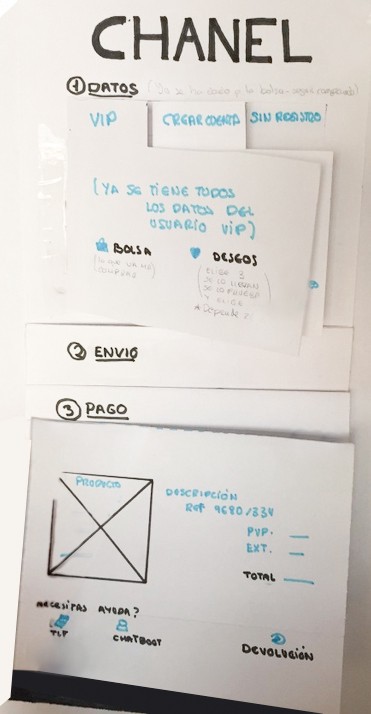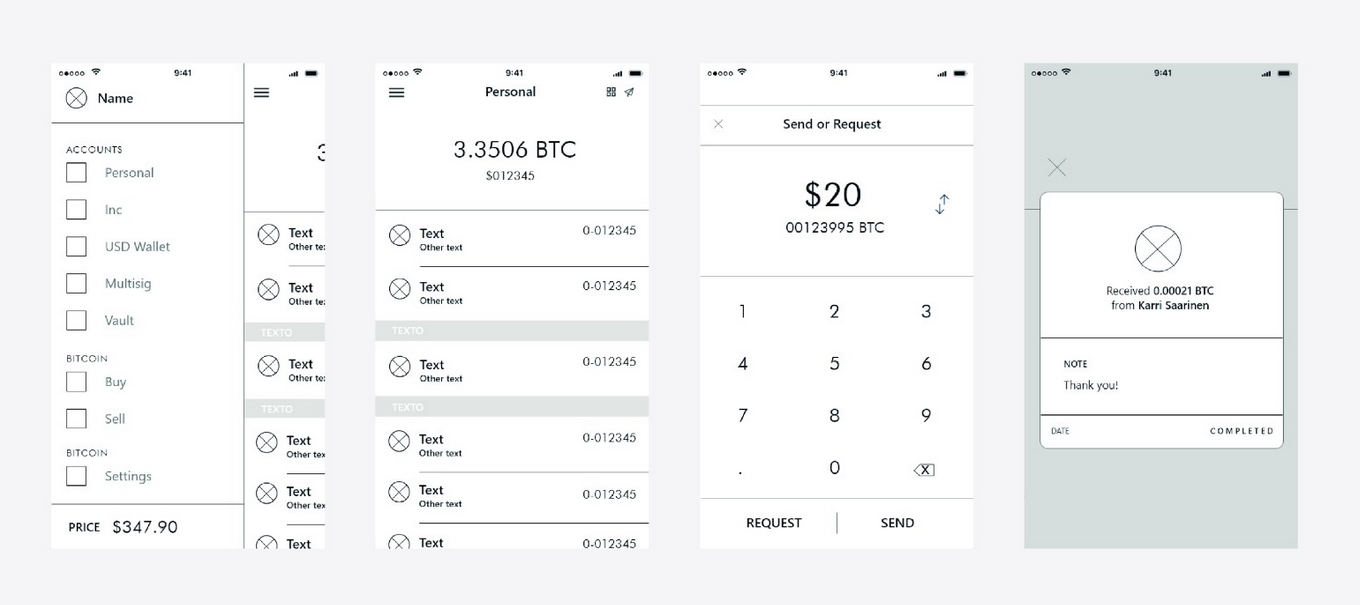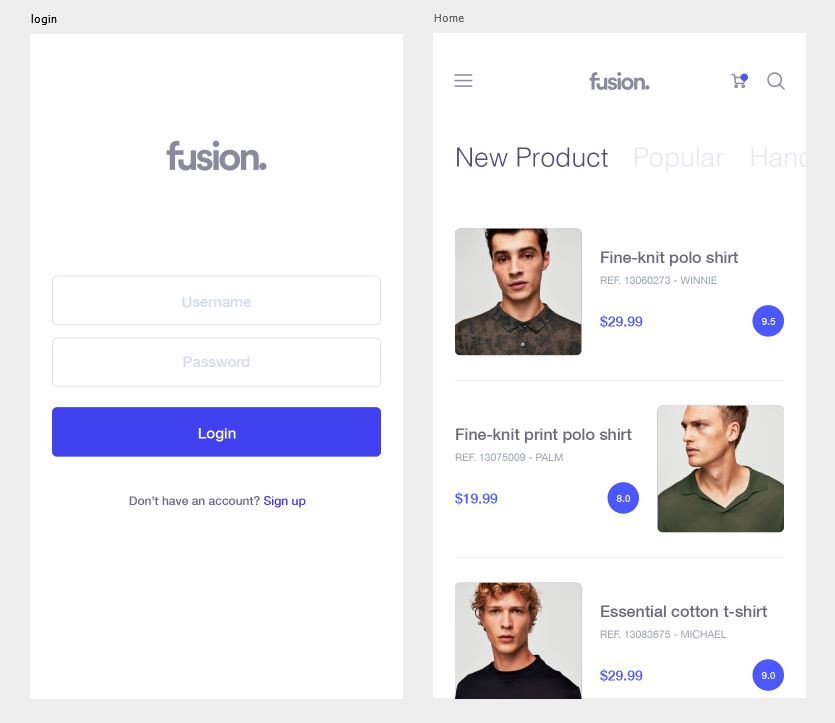A prototype is an early sample, model or release of a product created to test a concept or process. Typically, a prototype is used to evaluate a new design to improve the accuracy of analysts and system users. It is the step between the formalization and the evaluation of an idea.
Prototypes are a crucial part of the design process and a practice used in all design disciplines. From architects, engineers, industrial designers and even service designers, they make their prototypes to test their designs before investing in their mass production.
The purpose of a prototype is to have a tangible model of the solutions to the problems already defined and discussed by the designers during the concept/idea stage. Instead of going through the entire design cycle based on a supposed solution, prototypes allow designers to validate their concepts by putting an early version of the solution in front of real users and collecting feedback as quickly as possible.
Prototypes often fail when tested, and this shows designers where the defects are and sends the team ?back to the drawing process? to refine or repeat the proposed solutions based on real user feedback. Because they fail early, prototypes can save lives, avoiding the waste of energy, time and money in implementing weak or inappropriate solutions.
Another advantage of prototyping is that, because the investment is small, the risk is low.
The role of the prototype in Design Thinking:
* To devise and solve problems , the team has to do or create something.* To communicate ideas in an understandable way.* To start a conversation with end users around a specific idea to help get specific feedback.* To test possibilities without compromising on a single solution.* Fail quickly and inexpensively and learn from mistakes before investing too much time, reputation or money.* Manage the process of creating solutions by breaking down complex problems into smaller elements that can be tested and evaluated.
There are several types of prototypes;
Low fidelity prototypes consist of sticky notes and sketches (hence the paper prototypes with the name), which is ideal for brainstorming and high-level collaboration.

Media fidelity prototypes are often called wireframes, and are often made in black and white, limiting the design approach to user flows and information architecture.

The hi-fi prototypes are the last step before development, include visual design (color, typography, etc.) and almost represent the final product



